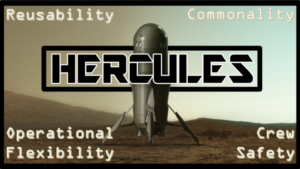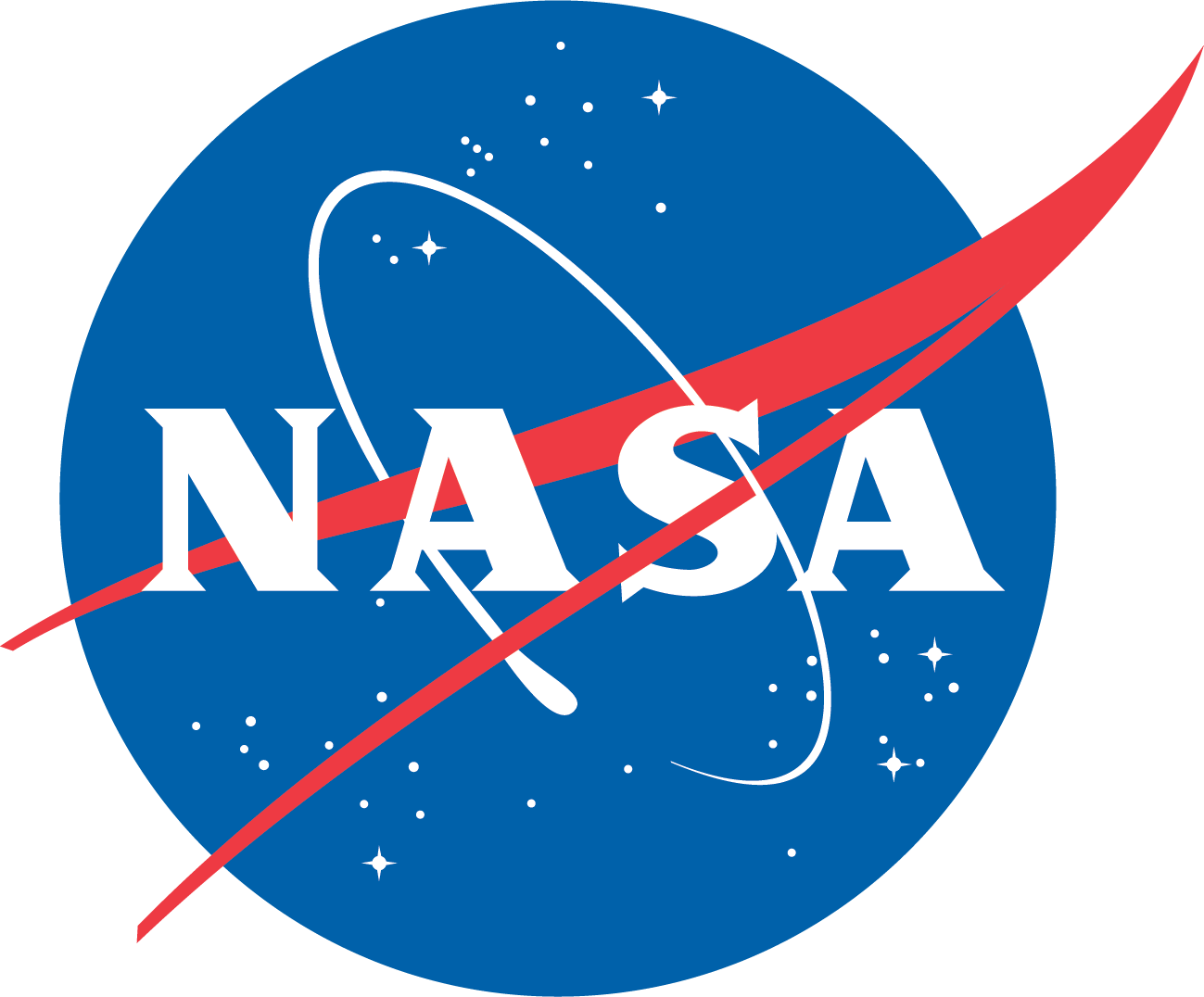Hercules
Activity Summary
Status: Archived
The world has long awaited the day humans return to the Moon. Even more so, anticipating the first step on Mars. Science fiction has been imagining what those monumental moments will look like, but VAB is designing its reality.
Hercules is a transportation system capable of bringing cargo and passengers to the Moon, Mars, and more. It is built for reusability, commonality, operational flexibility, and crew safety beyond the performance and efficiency standards of other planetary lander system concepts.
Concept design began in 2014 with a study on Martian In-Situ Resource Utilization (ISRU). This study demonstrated the possibilities of using resources – water, carbon dioxide, etc. – native to the Moon or Mars to support missions. ISRU is a valuable method of enabling transport because it reduces the need to carry fuel for an entire return flight.
Hercules began as an initial idea for a single-stage reusable lander that operates as part of an outpost on Mars. An ISRU system on outpost would be used to make propellant with Martian resources, allowing Hercules to make many trips to and from the surface. Hercules has evolved to land and lift off from both Lunar and Martian surfaces. A new capability is its ability to separate into nose and base sections if something goes wrong and an abort is required during a flight. The nose, carrying the crew and cargo, ejects from the base section and carries the crew to safety. Depending on what type of abort has occurred, the nose can then either carry the crew to orbit or land within safe distance of the abort site.
Researchers and students in SACD are primarily responsible for Hercules’s conception and analysis. This system is capable of far more than past Lunar and Martian transport concepts. The Hercules vehicle is not only reusable, but it can safely serve a multitude of purposes in multiple destinations. Hercules is a promising concept to enable humans to sustainable explore beyond Earth’s orbit.

